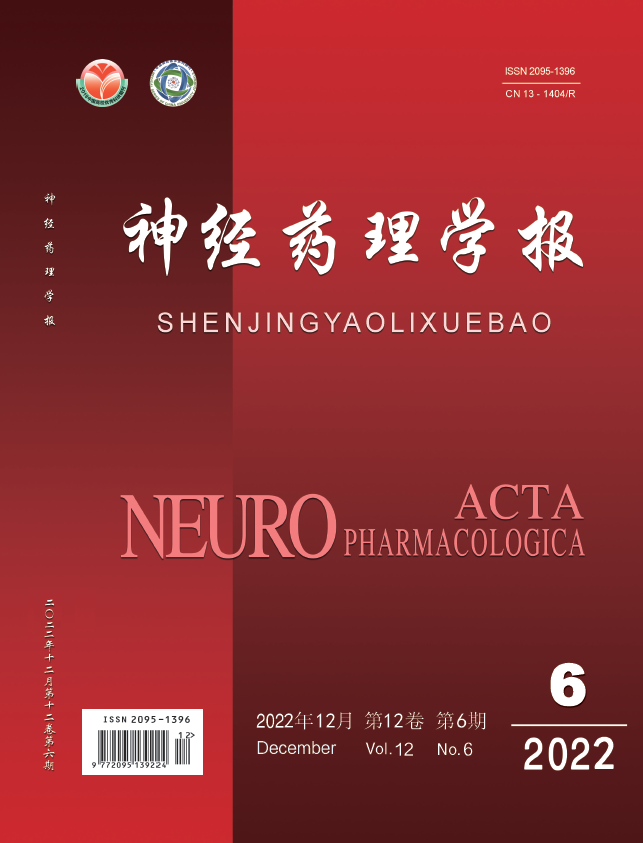Objective:Bioinformatics was used to analyze the mechanism of action in
the treatment of ischemic stroke (IS). Methods:Potential targets for the treatment of IS were
identified through the GEO database,signaling pathways,biological processes,and molecular
functions involving targets were identified using Gene Ontology (GO) enrichment analysis and
Kyoto Gene and Genome Encyclopedia (KEGG) signaling pathway enrichment analysis,protein
interaction analysis (PPI) networks were constructed through STRING online databases,imported into Cytoscape software,and built networks,and key targets were screened by CytoHubba plugins.
Results:The key targets were identified as C-X-C motif chemokine 8(CXCL8),Tumor
necrosis factor( TNF),and C-X-C motif chemokine 2(CXCL2),interleukin-6( IL-6),C-X-C motif
chemokine 1( CXCL1),interleukin-1β( IL-1β),C-C motif chemokine 4( CCL4),interleukin-1α
(IL-1α),Intercellular adhesion molecule 1(ICAM1),Prostaglandin G/H synthase 2(PTGS2),the
key pathway is chemokine signaling pathway. Conclusion:The selected key genes may become
markers for the diagnosis of IS or potential therapeutic targets,and provide a new theoretical
basis for the study of the pathogenesis of the disease.

